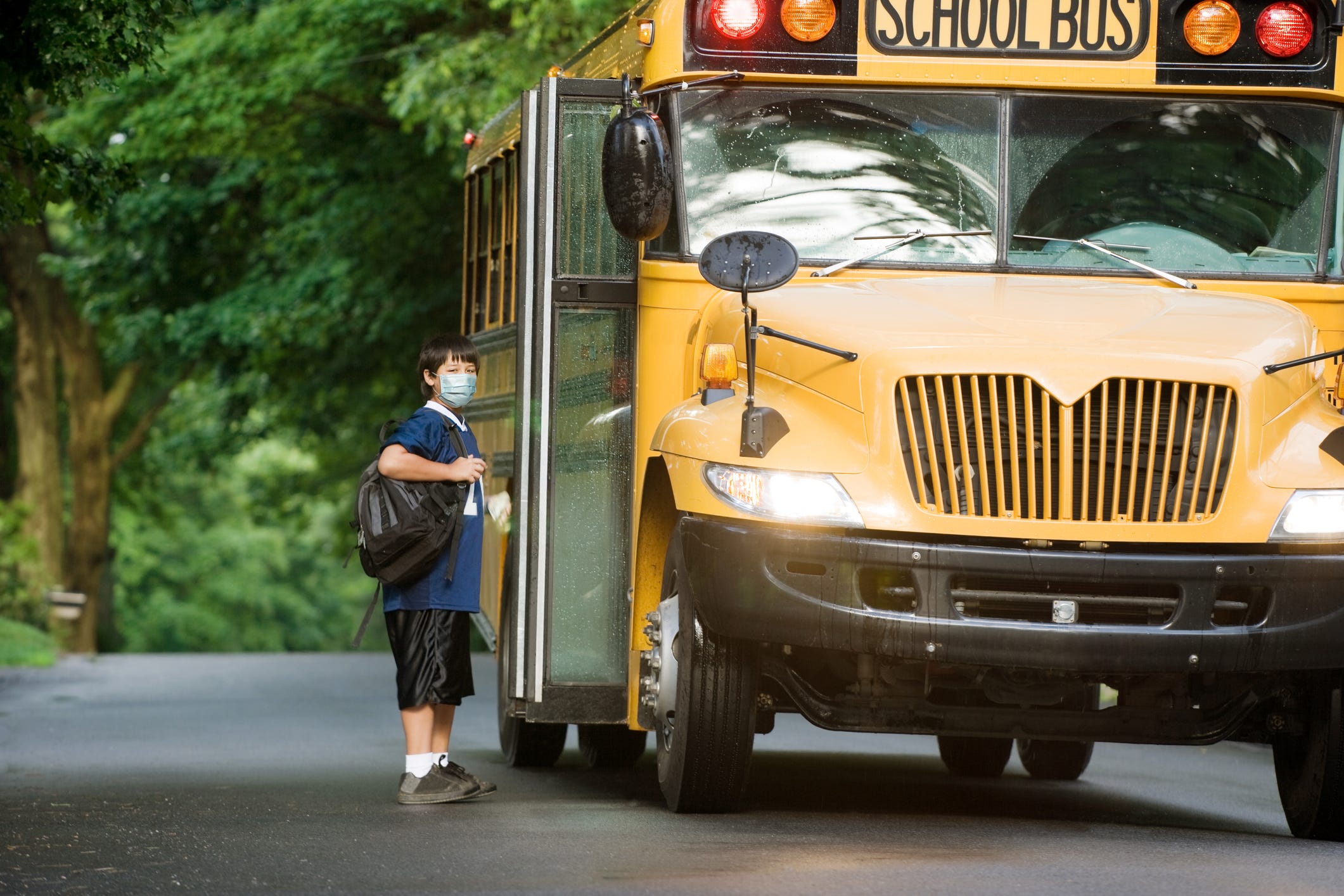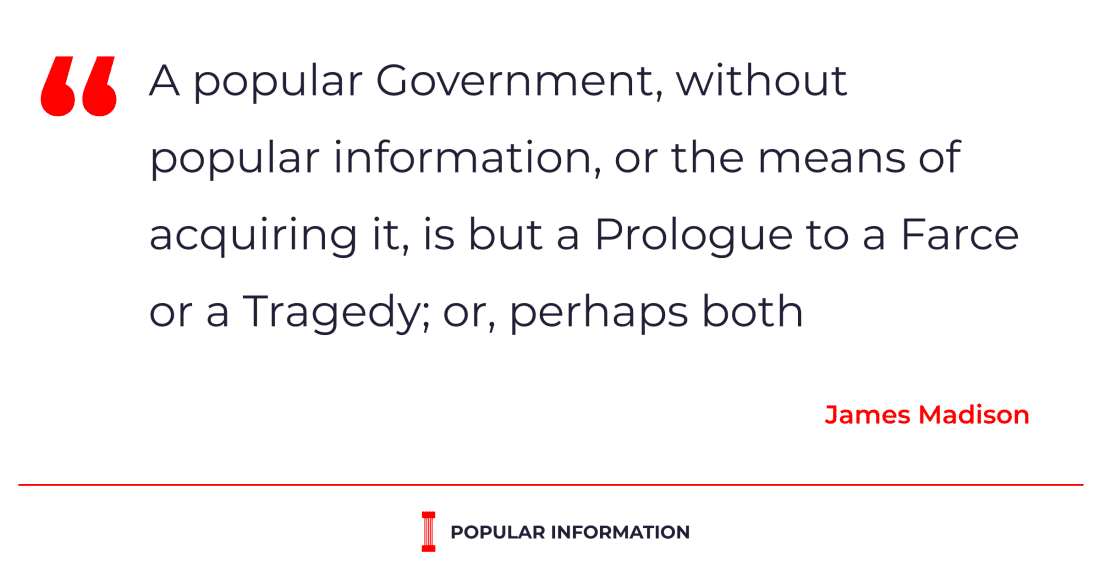 |
Over the last four months, in the United States, the adults in charge have failed to respond effectively to the coronavirus pandemic. Now, kids will suffer the consequences.
With confirmed coronavirus cases rising in dozens of states, school districts now have to decide whether to reopen schools in the fall. Los Angeles and San Diego unified school districts announced on Monday that they would only offer remote instruction in the fall. The two school districts, which together enroll about 825,000 students, issued a joint statement explaining the decision:
...One fact is clear: those countries that have managed to safely reopen schools have done so with declining infection rates and on-demand testing available. California has neither. The skyrocketing infection rates of the past few weeks make it clear the pandemic is not under control.
...This announcement represents a significant disappointment for the many thousands of teachers, administrators and support staff, who were looking forward to welcoming students back in August. It is obviously an even greater disappointment to the many parents who are anxious for their students to resume their education. Most of all, this decision will impact our students in ways that researchers will take years to understand.
Both districts hope to reopen their physical campuses sometime in the 2020-21 academic year. But, as they alluded to in their statement, the impact of the continued closure of schools could be severe. The American Academy of Pediatrics (AAP) detailed some of the consequences:
The importance of in-person learning is well-documented, and there is already evidence of the negative impacts on children because of school closures in the spring of 2020. Lengthy time away from school and associated interruption of supportive services often results in social isolation, making it difficult for schools to identify and address important learning deficits as well as child and adolescent physical or sexual abuse, substance use, depression, and suicidal ideation. This, in turn, places children and adolescents at considerable risk of morbidity and, in some cases, mortality. Beyond the educational impact and social impact of school closures, there has been substantial impact on food security and physical activity for children and families.
The Trump administration, however, exploited the AAP's analysis and used it to demand that all school districts fully reopen in the fall or risk losing their federal funding. This forced AAP to issue a new statement — this time jointly with two teachers unions — clarifying it was not advocating opening schools irrespective of health risks.
Returning to school is important for the healthy development and well-being of children, but we must pursue re-opening in a way that is safe for all students, teachers and staff. Science should drive decision-making on safely reopening schools. Public health agencies must make recommendations based on evidence, not politics. We should leave it to health experts to tell us when the time is best to open up school buildings, and listen to educators and administrators to shape how we do it.
The reality is, many school districts are planning on reopening in the fall for in-person instruction, at least part-time. But schools need guidance and resources to do so safely. So far, they have neither.
The resources needed to keep kids as safe as possible
The economic downturn has created significant budget shortfalls across the country. Thus far, the Trump administration and Republicans in Congress have resisted efforts to provide significant economic support to states. (Democrats in the House passed a bill with $540 billion in relief for states and territories in May, but it attracted little interest from Senate Republicans or the administration.) This means that, as many school districts consider reopening, they are doing so with smaller budgets.
But reopening safely, even in areas of the country where coronavirus cases are stable or declining, will require significantly more money. School districts need funds for equipment to evaluate the health of students and faculty, enhanced cleaning protocols, and personal protective equipment. Many students, after several months away from the classroom, will need additional academic or emotional support.
The government has provided bailouts to fast-food chains, lobbying firms, and airlines. Public schools, meanwhile, have gotten almost nothing.
Senate Majority Leader Mitch McConnell (R-KY) has indicated his intention to consider a "final" coronavirus relief bill this summer that would include some funding to reopen schools. But McConnell has not revealed how much school funding the bill would include or how it would be distributed. But McConnell will also only consider a bill if it includes broad legal immunity for any business that reopen during a pandemic.
The Trump administration, thus far, has only issued threats to reduce funding for school districts that don't reopen. These threats are mostly empty, as the federal government currently provides only a small percentage of the money schools use to operate. But it reflects the administration's belief that it can skip planning and resource allocation and bully its way through the pandemic.
Mixed messages
In addition to resources, school administrators need clear public health guidance about whether and how they should open schools. The CDC issued guidelines in June to address these issues. Significantly, the CDC recommends that schools in states with "substantial transmission of COVID-19 within the community" to respond with "extended school dismissals." In other words, if COVID-19 is spreading within a community, CDC scientists recommend that schools close. This describes the situation in much of the country. Schools in areas with mild or moderate transmission are advised to stagger arrival and dismissal times, reduce class sizes, and enforce social distancing.
Trump responded by calling the CDC guidelines "tough" and "impractical."
Trump said that the CDC would revise its guidelines for schools, but that was quickly rejected by CDC administrator Robert Redfield. The agency, Redfield said, would issue additional reference documents.
So the administration began to encourage school districts to ignore the CDC. Education Secretary Betsy DeVos said the CDC guidelines were "meant to be flexible and meant to be applied as appropriate for the situation." Vice President Pence, who chairs Trump's coronavirus taskforce, said that the CDC guidelines were not "intended to replace state and local rules and guidance."
But on the state and local level, school districts are receiving conflicting guidance from the state health department, the state education department, and county health officials.
Thanks for reading!
 |


